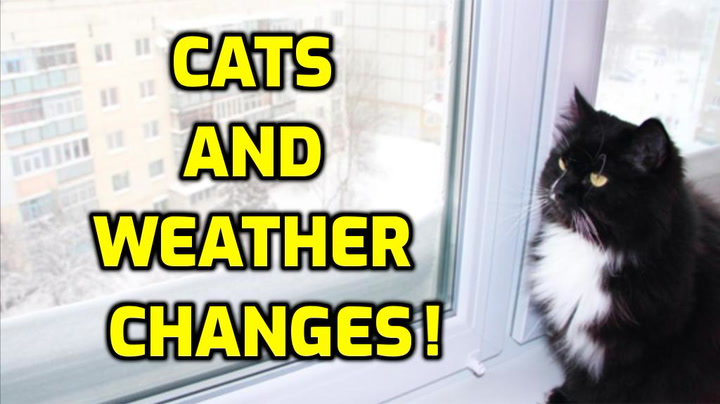Every year, almost like clockwork, we get hungrier on September 15th. Labor Day may be the unofficial end of Summer, but for us and our pets, the weather always seems to break about two weeks later. Sure, the hot days don’t disappear entirely until mid-October, but as soon as we feel a nip of cool in the morning, we start celebrating by attacking the nearest banquet.
In cooler weather, your body needs to burn more calories to maintain body temperature. To protect your health and keep you warm, the system that controls appetite signals you to eat more. You may also notice a shift in the food that appeals to you; suddenly you crave warmer, heartier foods like soups and stews.
Our appetites are controlled by the hypothalamus, which is the brain’s appetite centre. It also regulates satiety, which determines whether you are full or not. In other words, the brain, not your stomach, controls appetite. All of this is true for us and our dogs and cats.
Toward the end of summer and the start of fall there’s often a change in appetite for dogs and cats. Something similar happens in the spring. The change in temperatures and length of the day triggers ancient biological functions, built deep into our brains, to help us automatically adapt for survival in the coming season.
A 2014 study on 84 cats (and extrapolated to dogs) completed in Europe seemed to prove out this phenomena <REF>. In this study, researchers monitored the same colony of cats with the goal of clarifying two things:
1) whether seasonal differences of food intake exist in cats maintained under domesticated conditions, and 2) if that is the case, to determine the influence of climatic conditions including ambient temperature and daylight length.
A key take-away from the study is:
“Despite relative stability in indoor temperatures throughout the year, windows still allow indoor cats’ brains to react to daylight changes that trigger behavior and metabolic responses. Activity levels may still decrease in the summer despite cooler indoor temperatures. In the winter, food seeking behavior may increase even though the warmer indoor temperatures do not require the increased calorie intake.”
The research discussed above confirms that these feeding cycles still occur in our domesticated cats. That means our one size fits all approach to feeding the same amount of food throughout the calendar may be incorrect. Instead, we should feed our cats — and probably dogs, despite the lack of research — less in the spring, early fall, and summer months, and perhaps increase the feeding amount in the winter, late fall, and early spring months, especially for those pets that are subject to exposure to lower temperatures.
I know some of you noticed this change in your own animals, asking if we had changed our formulation or anything with the food. We haven’t changed the formula, suppliers, preparation methods, and even employees for some time.
Perhaps your cats abruptly experienced lower appetites. We saw the same thing in our house with Jules and Royal for about 1.5wks in early September before their appetites returned to normal. Rex and Rosie (our ridgebacks) experienced no change and were extremely willing to eat Jules and Royal’s uneaten food. Their hypothalamus saw absolutely no changes.
When the spring comes, and if this happens in your house, all you can do it ride out the change and adapt to the new level of appetite. Cut food back by 10%-20%, pick up their bowls after 30mins, and stick even more strictly to your set feeding times. They’ll eventually regain their appetites.
Feeding animals is much more complicated than we want to think. Keeping our pets fit requires the same diligence researching lifestyle choices that we require for ourselves and our own health.

In recent years, pet owners have become increasingly concerned about the quality and nutritional value of the food they feed their furry companions. One trend that has been gaining popularity is the use of hydrolyzed ...
Introduction As pet owners, we are constantly seeking ways to improve the health and well-being of our beloved furry companions. One aspect that has gained significant attention in recent years is the use of herbal ...
As we move through this holiday season and towards the new year, we’ve been stuffing our faces as we prepare to stuff our stockings! You might already be at the point where you are loosening ...